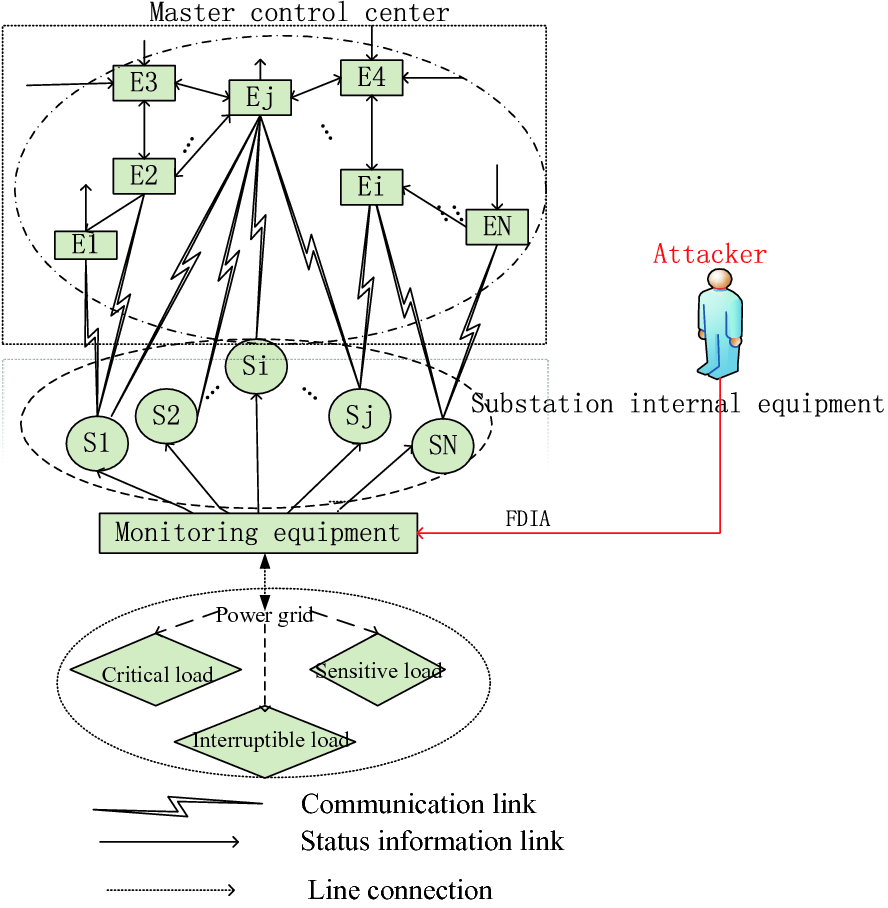
* Seal or close the bag containing the discarded filter.Bag dust-filled filters immediately upon removal to prevent dispersion of dust and fungal spores during transport within the facility.Maintain air intakes and inspect filters periodically to ensure proper operation.* Locate exhaust outlets from contaminated areas above roof level to minimize recirculation of exhausted air.Ensure that air intakes and exhaust outlets are located properly in construction of new facilities and renovation of existing facilities.Incorporate steam humidifiers, if possible, to reduce potential for microbial proliferation within the system, and avoid use of cool mist humidifiers.* Locate all duct takeoffs sufficiently down-stream from the humidifier so that moisture is completely absorbed.* Incorporate a water-removal mechanism into the system.* Locate duct humidifiers upstream from the final filters.Engineer humidity controls into the HVAC system and monitor the controls to ensure proper moisture removal.* Document these parameters, especially the pressure differentials.

Take into account the age and reliability of the system.

Monitor ventilation systems in accordance with engineers’ and manufacturers’ recommendations to ensure preventive engineering, optimal performance for removal of particulates, and elimination of excess moisture.Ensure that existing structures continue to meet the specifications in effect at the time of construction. Use AIA guidelines as minimum standards where state or local regulations are not in place for design and construction of ventilation systems in new or renovated health-care facilities.Certain recommendations have two category ratings (e.g., Categories IA and IC or Categories IB and IC), indicating the recommendation is evidence-based as well as a standard or regulation. For example, the standards from AIA regarding construction and design of new or renovated health-care facilities, have been adopted by reference by >40 states. However, state and federal governments often adopt these standards as regulations. Compliance with these standards is usually voluntary. These standards reflect a consensus of expert opinions and extensive consultation with agencies of the U.S. Guidelines and standards published by the American Institute of Architects (AIA), American Society of Heating, Refrigeration, and Air-Conditioning Engineers (ASHRAE), and the Association for the Advancement in Medical Instrumentation (AAMI) form the basis of certain recommendations. The HICPAC system for categorizing recommendations has been modified to include a category for engineering standards and actions required by state or federal regulations. However, certain recommendations are derived from empiric infection-control or engineering principles, theoretic rationale, or from experience gained from events that cannot be readily studied (e.g., floods). The recommendations are evidence-based wherever possible. As in previous CDC guidelines, each recommendation is categorized on the basis of existing scientific data, theoretic rationale, applicability, and possible economic benefit.


 0 kommentar(er)
0 kommentar(er)
